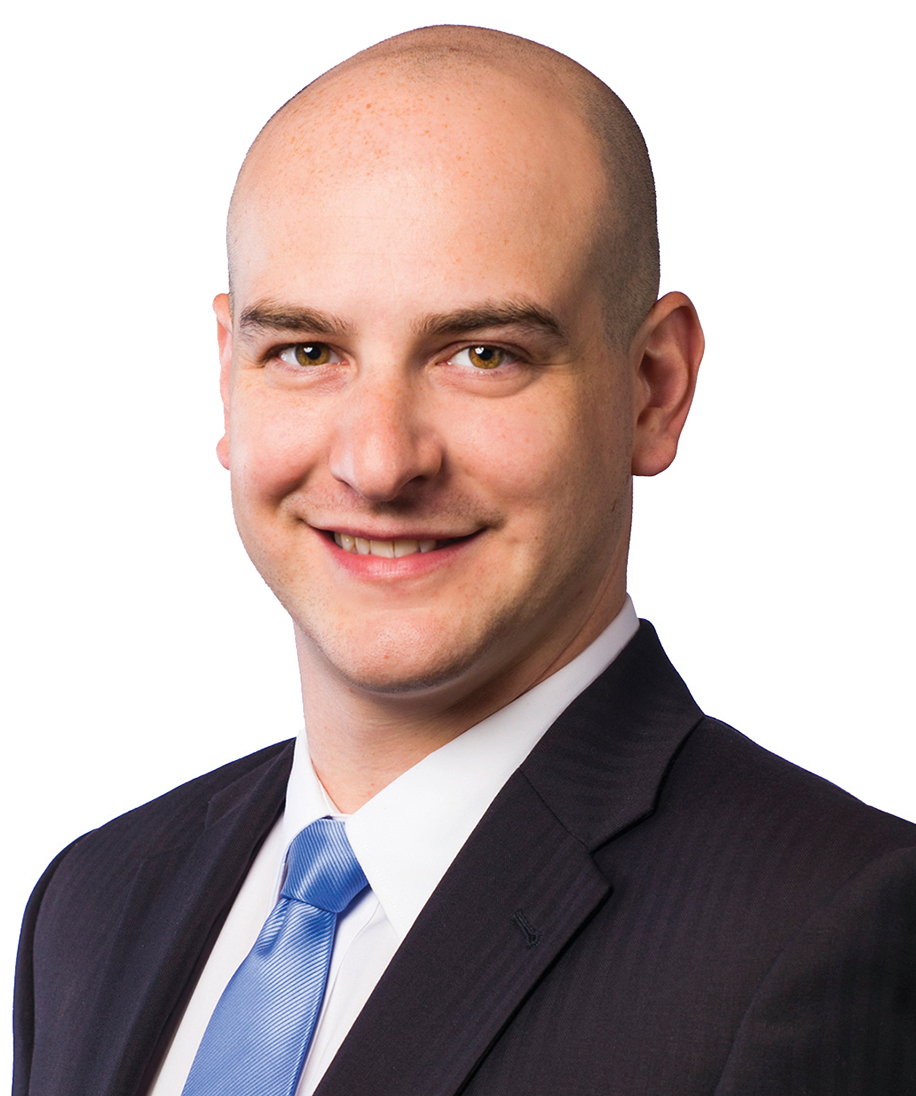Client Alert
PTAB Upholds Acorda’s Ampyra® Patents, Rejecting Challenges Based on the Inventors’ Own Work
March 15, 2017
By Gerald J. Flattmann, Naveen Modi, Lucas L. Kressel, Michael A. Stramiello, Daniel Zeilberger & Thomas Phalen
On March 9, 2017, the Patent Trial and Appeal Board (“PTAB”) upheld four patents that claim inventions relating to Ampyra®, a novel treatment for multiple sclerosis patients developed by Acorda Therapeutics Inc. (“Acorda”).[1] The patents were subject to inter partes review (“IPR”) at the request of petitioner Coalition For Affordable Drugs (ADROCA), LLC (“CFAD”), an organization with close ties to hedge-fund manager Kyle Bass.
These proceedings marked CFAD’s second set of challenges to Ampyra. The PTAB denied institution of the first set on August 24, 2015,[2] after Acorda argued, and the PTAB agreed, that the asserted art was not sufficiently publicly accessible to qualify as a “printed publication” within the meaning of 35 U.S.C. § 102.[3]
In the present follow-on challenges, all instituted grounds alleged obviousness over an S-1 registration statement that Acorda filed with the U.S. Securities and Exchange Commission in September 2003 (“the S-1”).[4]
First, the PTAB determined that the S-1 did not qualify as prior art under 35 U.S.C. § 102(b), citing expert testimony that Acorda’s patents are entitled to the effective filing date of a provisional application filed less than one year after the date on which the S-1 allegedly became available to the public.[5] Though CFAD’s replies attempted to rebut that evidence, the PTAB was not persuaded, even providing a laundry list of admissions on cross-examination that factored into its decision to “not credit” testimony from one of CFAD’s reply declarants.[6]
Next, the PTAB determined that the S-1 did not qualify as prior art under 35 U.S.C. § 102(a) because it was not work “by others.”[7] CFAD’s proffered evidence was “simply not enough to carry [its] burden to show that the S-1 is prior art under 35 U.S.C. § 102(a).”[8] Further, the PTAB noted that “even if [Acorda] has the burden to prove that [the] S-1 was the inventors[’] own work, it has amply done so.”[9] Acorda presented declarations from both inventors and five other declarants, all reflecting, among other things, that portions of the S-1 relied upon by CFAD were solely the work of the inventors—and not work “by others.”[10] Ultimately, the PTAB found that CFAD’s attempt to “cast[] doubt on the authorship of the relevant portions of [the] S-1 is not sufficient to overcome the ample, unequivocal evidence presented by [Acorda] that supports our finding that the relevant portions of [the] S-1 are the original work of [the inventors] alone.”[11]
These victories add to Paul Hastings's undefeated record in defending bio/pharma patents against challenges before the PTAB.
[1] IPR2015-01850 (U.S.P. 8,440,703), -01853 (U.S.P. 8,007,826), -01857 (U.S.P. 8,663,685), -01858 (U.S.P. 8,354,437).
[2] IPR2015-00720 (U.S.P. 8,663,685), -00817 (U.S.P. 8,007,826).
[3] See Coal. For Affordable Drugs (ADROCA) LLC v. Acorda Therapeutics, Inc., IPR2015-00720, Paper 15 at 3–6 (P.T.A.B. Aug. 24, 2015).
[4] See Coal. For Affordable Drugs (ADROCA) LLC v. Acorda Therapeutics, Inc., IPR2015-01850, Paper 72 at 2–3 (P.T.A.B. Mar. 9, 2017).
[5] See id. at 24–37.
[6] See id. at 35–36.
[7] See id. at 37–43.
[8] Id. at 42–43.
[9] Id. at 38.
[10] See id. at 37–41.
[11] Id. at 42.
Practice Areas
For More Information



